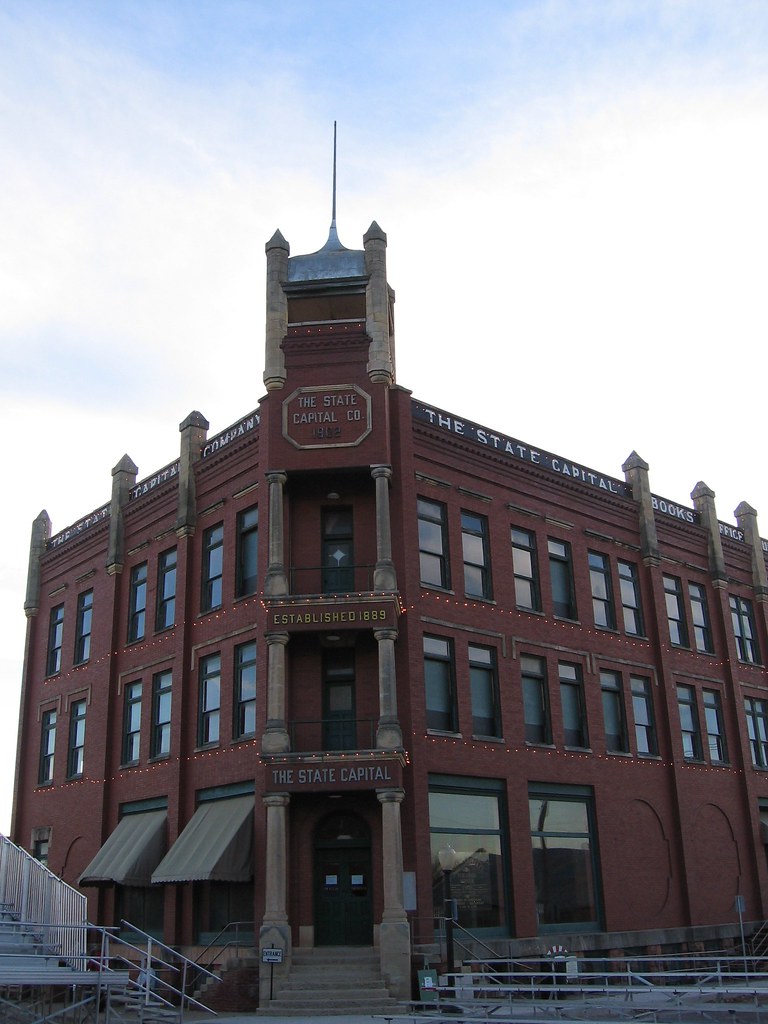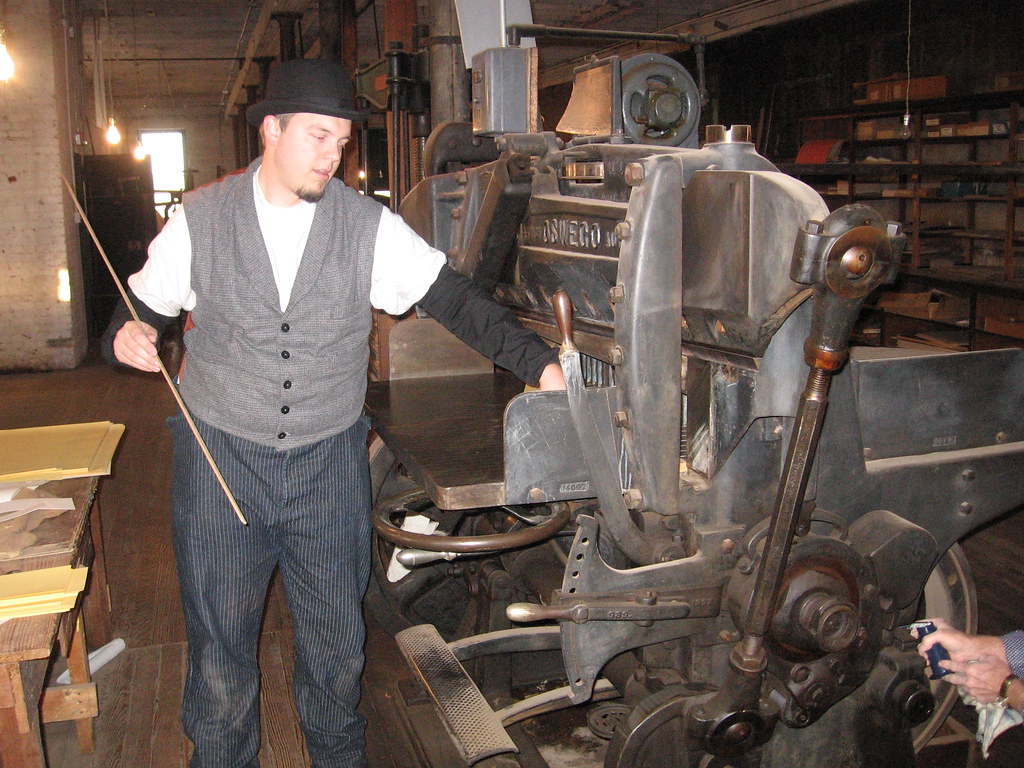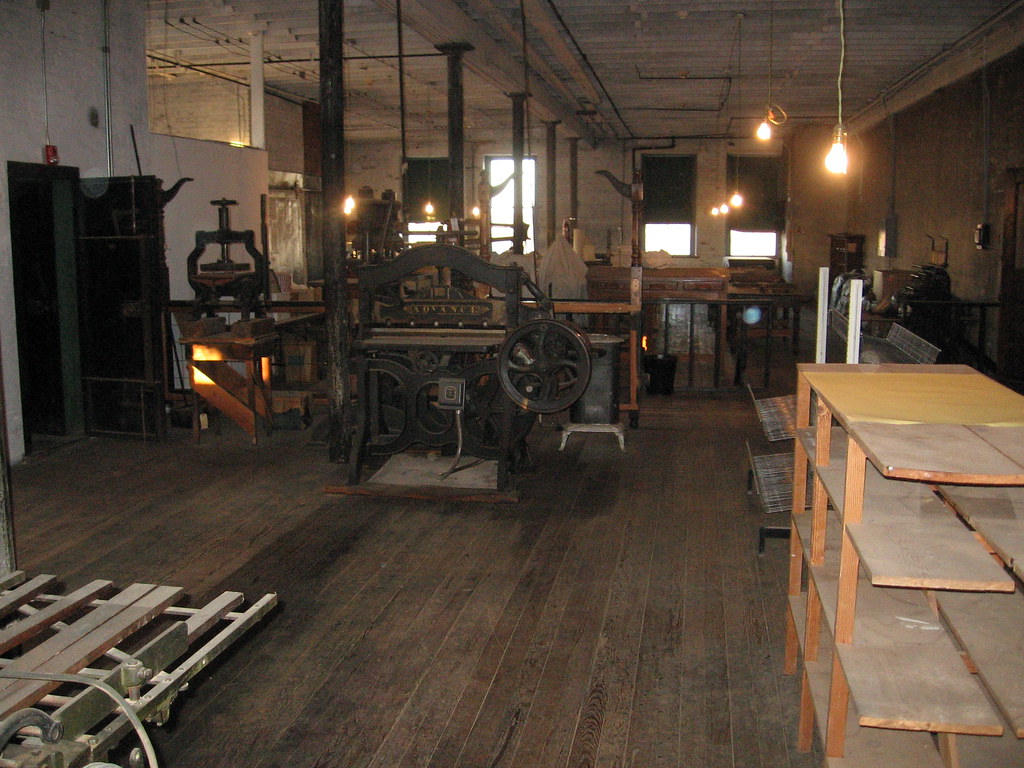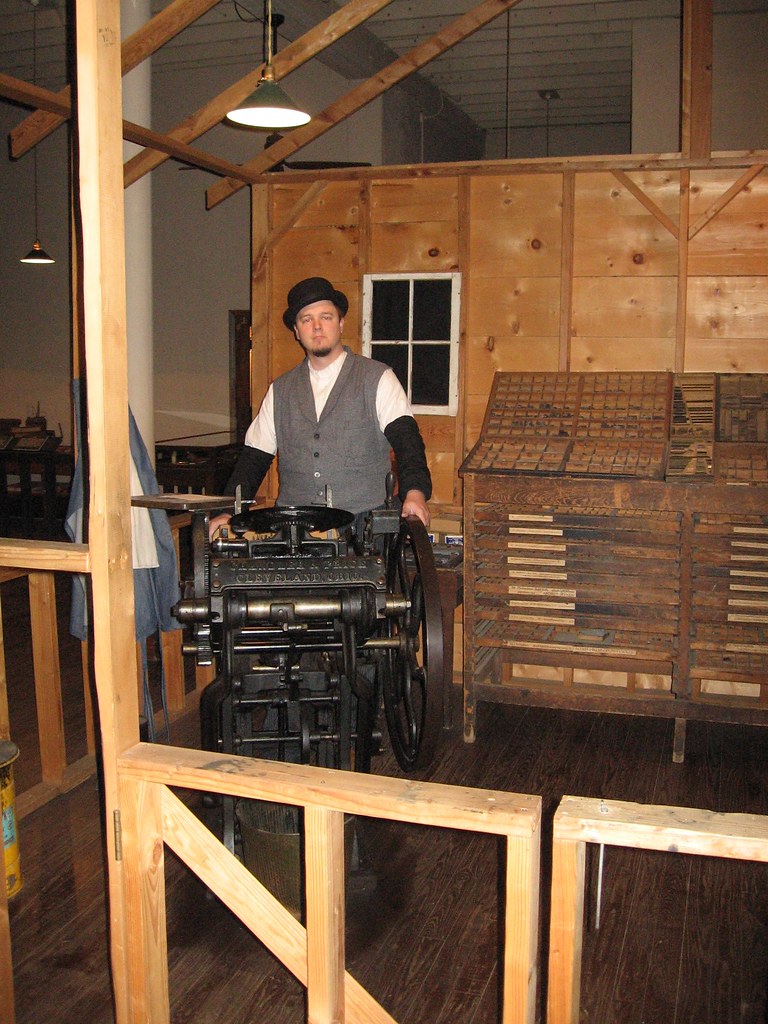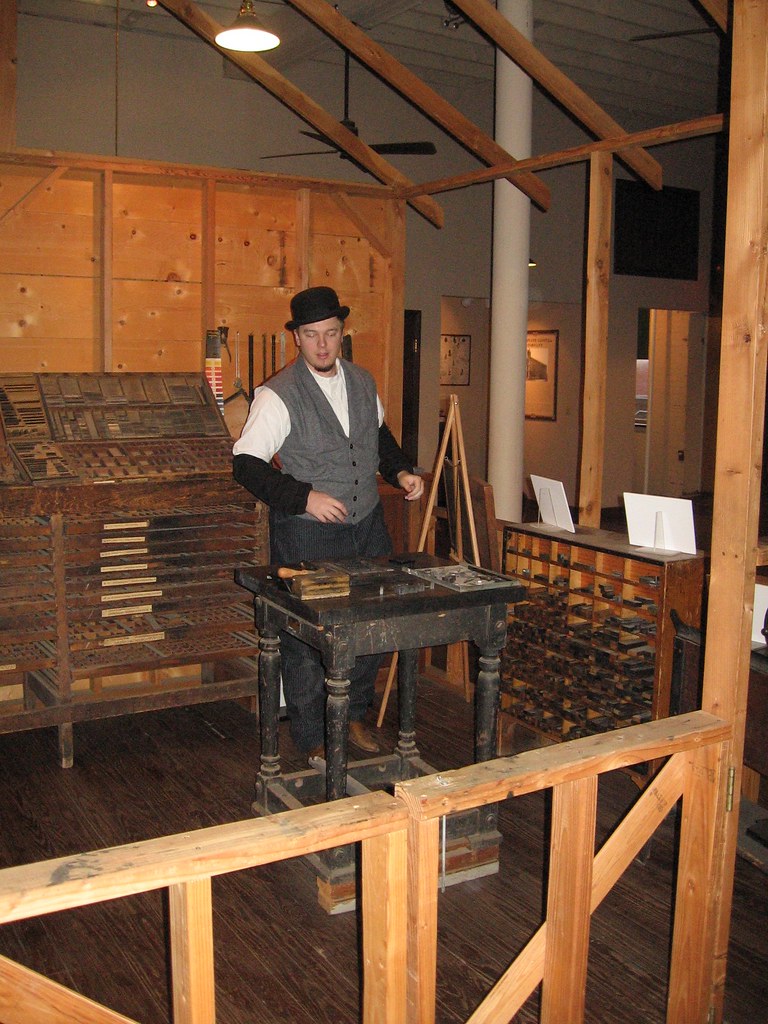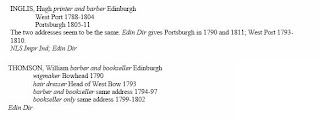American book collectors, librarians, archivists and bibliographers need an American Book Trade Index. I've tried to get a skeleton database together to start answering the questions of what it should include, what kind of information will we want to be able to find, how should it be structured... etc. Being more of a printing press guy than a computer guy, I did not get far. I tired bribing friends. That helped, but again didn't get far.
One thing that should be included in the American Book Trade Index [ABTI], is images. That is one feature lacking from the efforts I discuss below. I’ve started to collect trade cards, bookseller labels, advertising covers, from the book trades and gather images available online. All 1000+ images are now
here, awaiting the ABTI, and spurring research and info sharing. Love it!
I've mentioned the
British Book Trade Index [BBTI] before, but thought it was time to give them a review. The BBTI has been around since 1983, but online since 2002. Their purpose as stated at their website:
"BBTI is a database which aims to include brief biographical and trade details of all those who worked in the English and Welsh book trades up to 1851. There is a separate
Scottish Book Trade Index at the
National Library of Scotland, so BBTI includes only those Scottish book trade people who also traded in England or Wales at some point in their lives. BBTI includes not only printers, publishers and booksellers but also other related trades, such as stationers, papermakers, engravers, auctioneers, ink-makers and sellers of medicines, so that the book trade can be studied in the context of allied trades. BBTI is, however, only intended as an index to other sources of information. It is not intended to be a biographical dictionary of book-trade people."
There is one difference between the BBTI and what I hope the ABTI can be: An encyclopedia of book-trade people. Entries will not only include when and where some one did business, but photos of the building, their trade cards, and a link to their digitized memoir at archive.org.
Apparently, in 2005, many "behind the scenes" updates to the BBTI website were finished, and more entries added. Another important update is the inclusion of Prof. John Feather's Checklist of the English Provincial Book Trade before 1850:
http://www.bbti.bham.ac.uk/Feather.asp. I'm working on a similar list for the US. Does one already exist somewhere? I thought so, but I can't find one.
The British trail cools in 2005. There is this hopeful statement, however:
"The long-term future of BBTI is guaranteed by the commitment of both the
University of Birmingham and the
Arts and Humanities Data Service. " It remains unclear if that means the BBTI will continue to exist as it is, or if it will be updated again once more money is available.
The British Book Trade Index has a lot of information, and seems to have filled in from many standard sources. However, the search capablities are fairly limited. Searches are only successful if you know what you're searching for. If I wanted a list of all booksellers who issued tokens, this is nearly impossible. My queries were not anwered at the email address provided for questions. It seems abandoned, but what is left online is still useful in other respects.
The National Library of Scotland has compiled a
Scottish Book Trade Index. From their website: "The Scottish Book Trade Index represents an index of printers, publishers, booksellers, bookbinders, printmakers, stationers and papermakers based in Scotland, from the beginnings of Scottish printing to ca. 1850. The Scottish Book Trade Index is very much a work in progress, and is periodically updated. Comments and suggestions for additions are always welcome."
The Scottish entry is nice, but has no searching capability. You must know the name of the business or person you are searching for. Granted, that is often the only information you have, however, if I wanted all the book trades people in Perth, I'd have to go through each page and copy it out from there. Not very efficient.
Our third entry is from American shores: The
Nineteenth-Century American Childrens Book Trade Directory, compiled by the good people at American Antiquarian Society in Worcester, Massachusetts. From their website:
"Based upon the unparalleled collection of Children's Literature held at the American Antiquarian Society, this comprehensive directory contains 2,600 entries documenting the activity of individuals and firms involved in the manufacture and distribution of children’s books in the United States chiefly between 1821 and 1876."
The ACBT Directory has a much more useful, fast search engine. One of my critiques is that they do not cite their sources. The BBTI and SBTI both have reference lists. However, for our purposes, this Directory will prove to be the most useful tool for an inclusive American Book Trade Index.
So, take a good look over these three amazing tools and think of how an American version should look, what kind of information it should contain, and how people would use it. In the mean time, get over to the
ABTI group at Flickr and join in.


